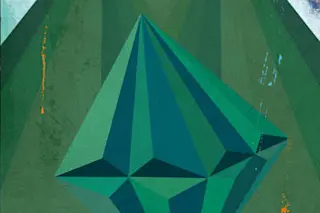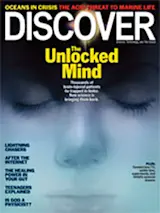Over the past few years, I’ve developed two habits that have made me an increasingly unpopular movie date. One is a strong preference for 3-D movies, undeterred by low artistic value or by sensations commonly associated with brain tumors and food poisoning, not to mention the big, dorky, blinking plastic glasses. (I can’t wait to upgrade my home TV to 3-D—my family, bless them, having assured me that blinking glasses are the least of my problems when it comes to looking dorky.) The other is that I’ve come to like sitting ever closer to the theater screen, advancing at the rate of approximately one row every six months.
See, I’m trying to go beyond watching movies to being inside movies. I don’t get why everyone doesn’t feel this way. People make a big deal about how big and bright and sharp the iPad screen is. Well, sure, compared with the ...















